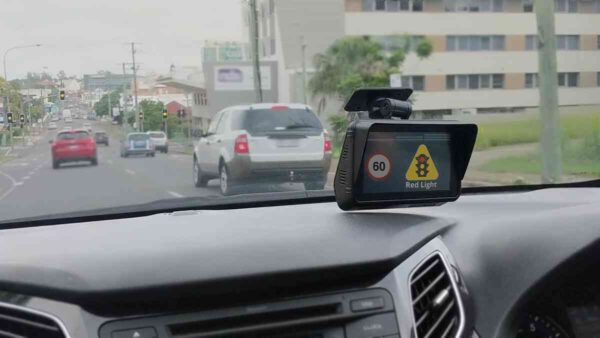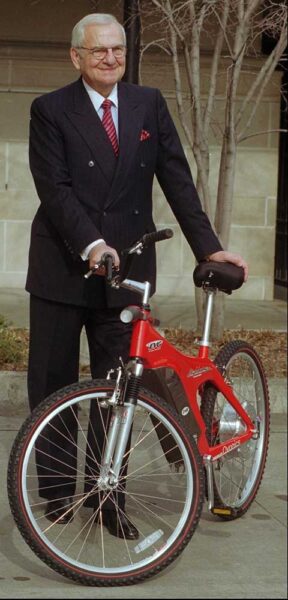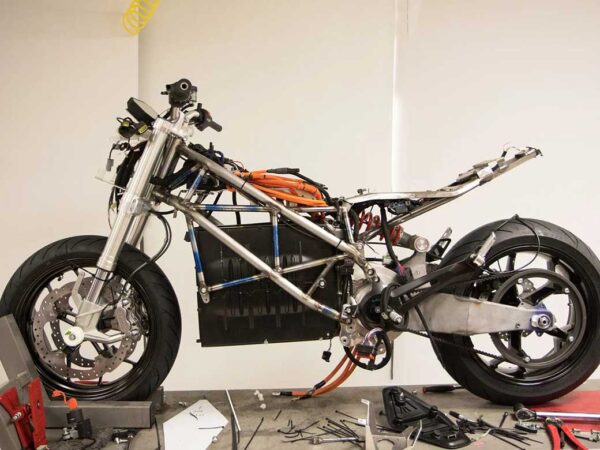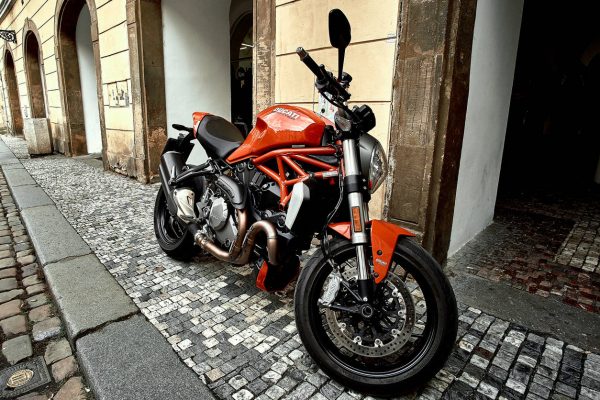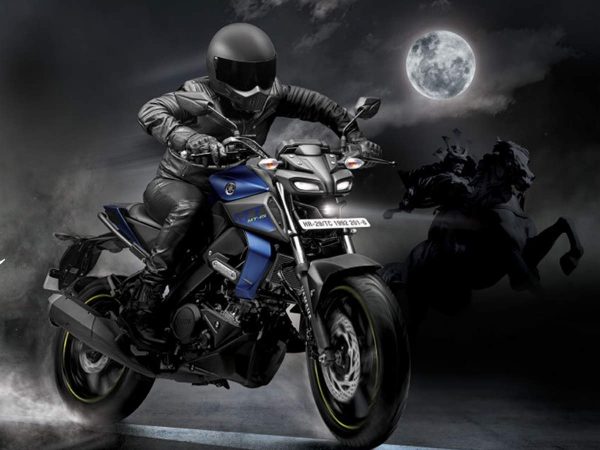Queensland wraps up connected vehicle road safety pilot
by Aimee Chanthadavong from https://www.zdnet.com The Queensland government said during the nine-month pilot drivers were alerted about on-road hazards, including red lights, pedestrians, and cyclists. A pilot involved with testing technology that alerted drivers about upcoming on-road hazards, including red lights, pedestrians, and bike riders in Queensland’s Ipswich has now wrapped up after nine months. As part of the Ipswich Connected Vehicle Pilot (ICVP), 350 participants had their cars retrofitted with cooperative intelligent transport systems (C-ITS) technology, including an antenna mounted on a roof-rack, in-vehicle communications box placed under the driver’s seat, and a display on the dashboard that signalled safety warnings to the driver. The equipment enabled each vehicle’s position, speed, and other data, to be shared, while it also received data from traffic signals and traffic management systems related to traffic lights, speed limits, road works, and road hazards. The pilot covered 300 square kilometres within the Ipswich local government area, and included 30 traffic signals fitted with roadside communication devices. These devices, plus those that were installed in participant vehicles, had access to cloud-based data sharing systems throughout the pilot area. The ICVP was delivered by Queensland’s Department of Transport and Main Roads, in partnership with Motor Accident Insurance Commission of Queensland, Telstra, Queensland University of Technology’s Centre for Accident Research and Road Safety Queensland, iMOVE Australia, Ipswich City Council, and the Department of Infrastructure, Transport, Cities and Regional Development. “The connected technology tested allows vehicles to talk with other vehicles, roadside infrastructure, and transport management systems,” Member for Ipswich Jennifer Howard said. “Messages received are combined with the vehicle’s data and used to generate driver warnings such as red lights, road works, road hazards, congestion, and pedestrians.” The pilot was launched under the Queensland government’s broader Cooperative and Automated Vehicle Initiative (CAVI) that aims to reduce […]
Queensland wraps up connected vehicle road safety pilot Read More »

